The Ultimate Guide to Finding the Right Light for Happy, Healthy Plants
The Ultimate Guide to Finding the Right Light for Happy, Healthy Plants
(1).jpg)
Light is the lifeblood of plants, fueling photosynthesis and promoting growth. But not all light is created equal—different plants thrive under specific lighting conditions. Understanding these needs can transform your space into a haven for lush greenery.
In this guide, we’ll explore the common lighting terms you’ll find on plant care tags—bright direct light, indirect light, full sun, partial shade, and more. Plus, we’ll share practical tips for identifying these conditions both indoors and outdoors, along with houseplant and outdoor plant suggestions for each type. For those battling dim corners or cloudy days, we’ll also cover supplemental lighting options.
Houseplants
Houseplants thrive when you match their light requirements with the environment you provide. Determining the type of light your space offers is easier than you think. Observe where sunlight falls throughout the day and note the orientation of your windows. A south-facing window provides the strongest light, while north-facing ones deliver the softest glow. Curtains, blinds, or even furniture can filter light, creating unique microclimates for your plants. For more tips on successful indoor gardening, read our beginner’s guide.
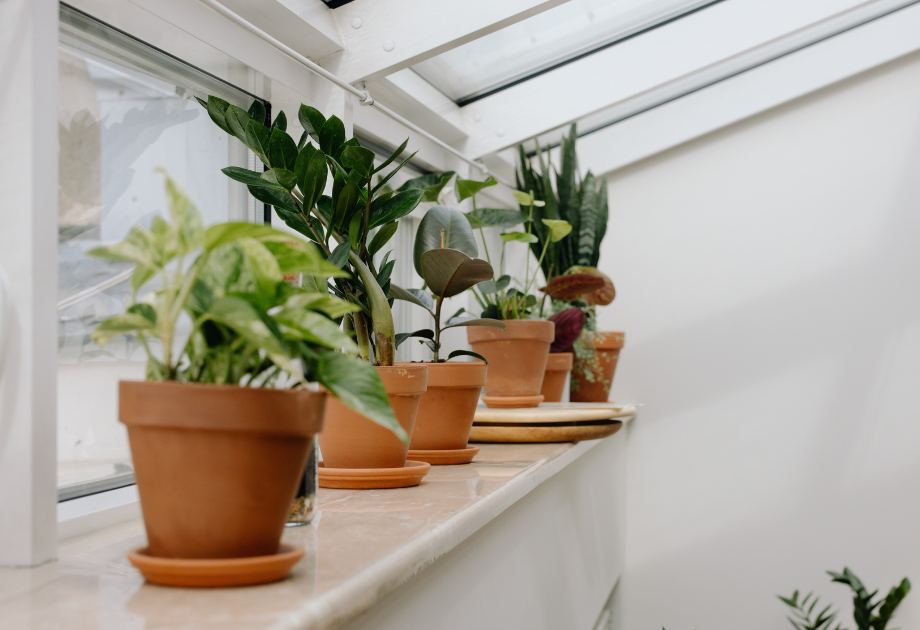
Bright Direct Light
Bright direct light occurs when sunlight beams directly onto plants for several hours a day, typically near unobstructed south-facing windows. Plants like cacti, succulents, and fiddle-leaf figs flourish in these conditions. However, too much direct sunlight can scorch leaves, so consider rotating pots or adding sheer curtains during peak hours to manage heat.
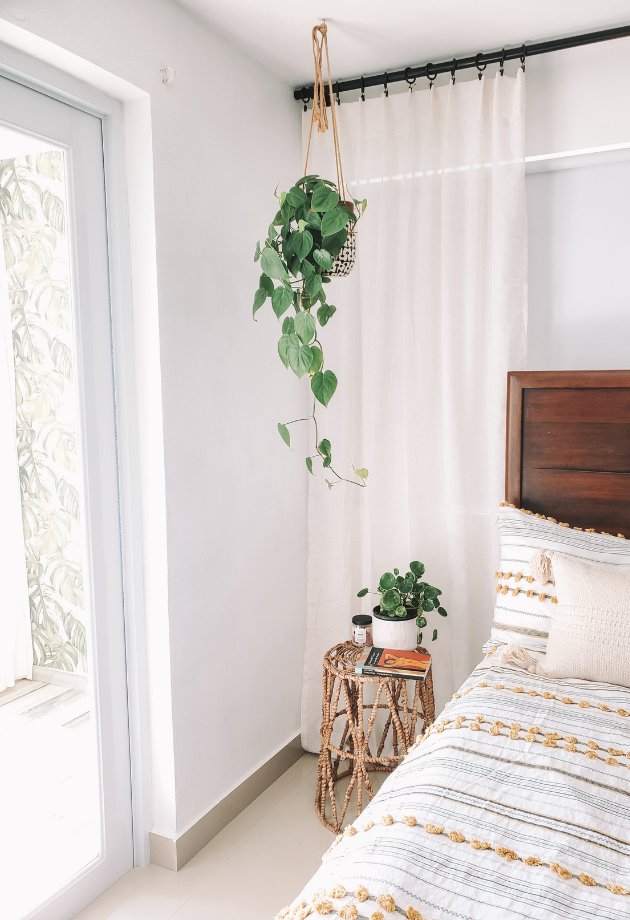
Bright Indirect Light
Bright indirect light is sunlight that’s diffused, often through sheer curtains or reflected off walls. East-facing windows are a great source of this gentle light, perfect for plants like peace lilies, monsteras, and pothos. To test for indirect light, use the shadow method—a soft, blurry shadow means you’ve found the right spot.
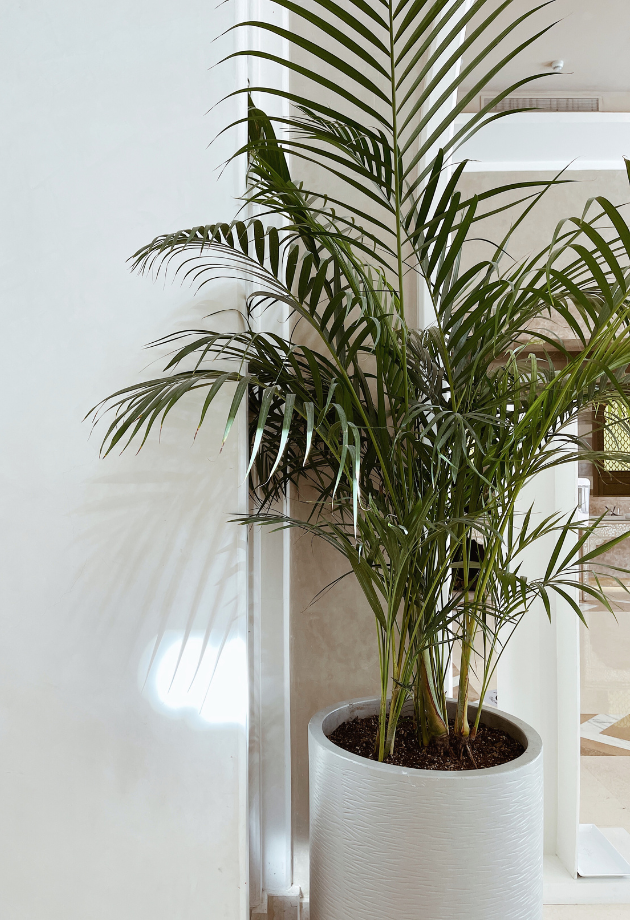
Medium Light
Medium light offers a balance between bright indirect and low light. This is common in rooms where plants are positioned a few feet away from windows. Calatheas, philodendrons, and certain ferns thrive in these spaces, bringing vibrant greenery to your mid-lit corners.
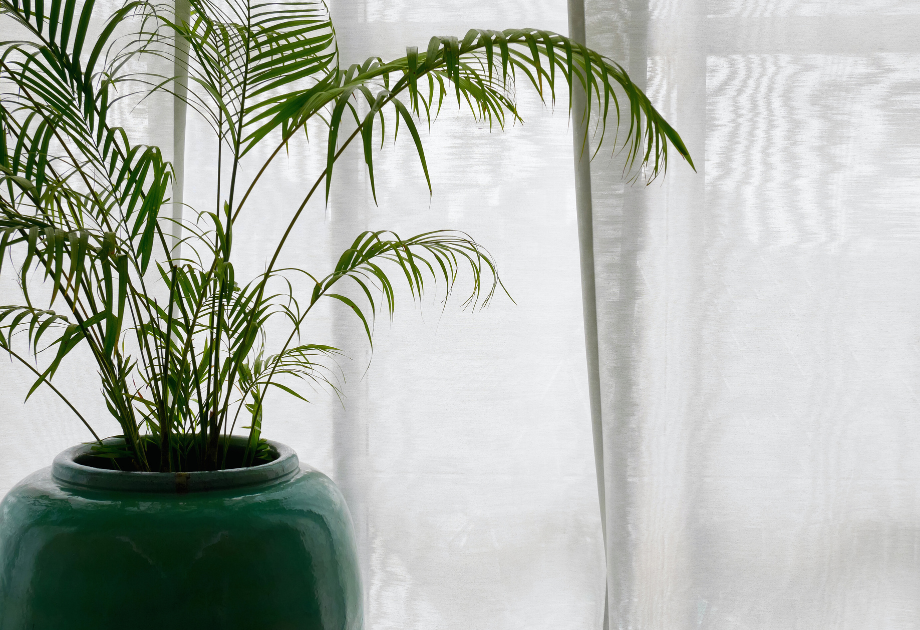
Filtered or Shaded Light
Filtered light comes through blinds, frosted glass, or even outdoor foliage. It’s a softer light that’s ideal for plants like orchids, ferns, and anthuriums. This condition mimics the dappled light of tropical understories, creating the perfect environment for shade-loving houseplants. For a comprehensive guide on houseplant care, download our houseplants guide.
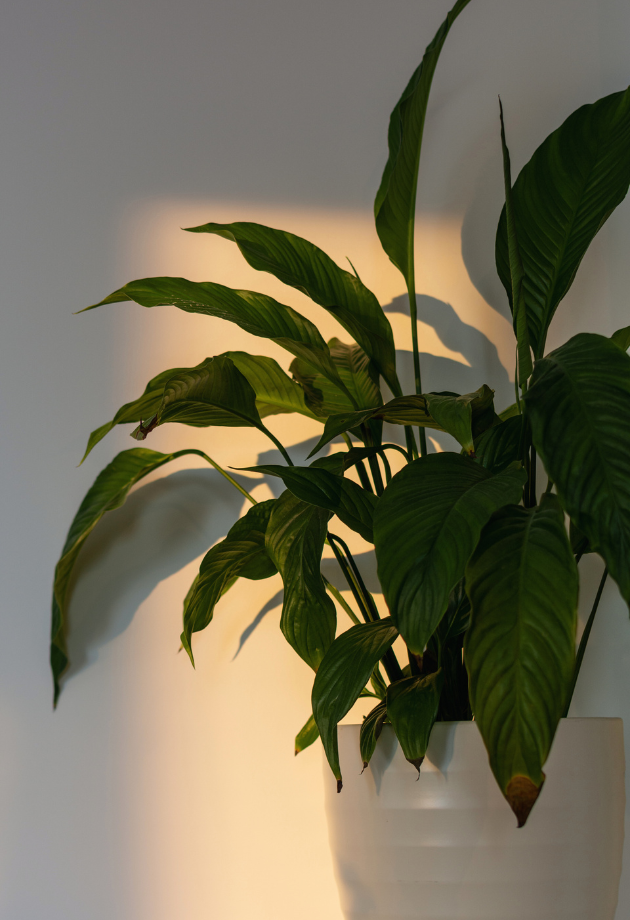
Low to Medium, Indirect Light
Low to medium indirect light is found in areas with limited sunlight, such as rooms with north-facing windows. Hardy plants like snake plants, ZZ plants, and cast iron plants are well-suited for these conditions, making them great options for less sunny spaces.
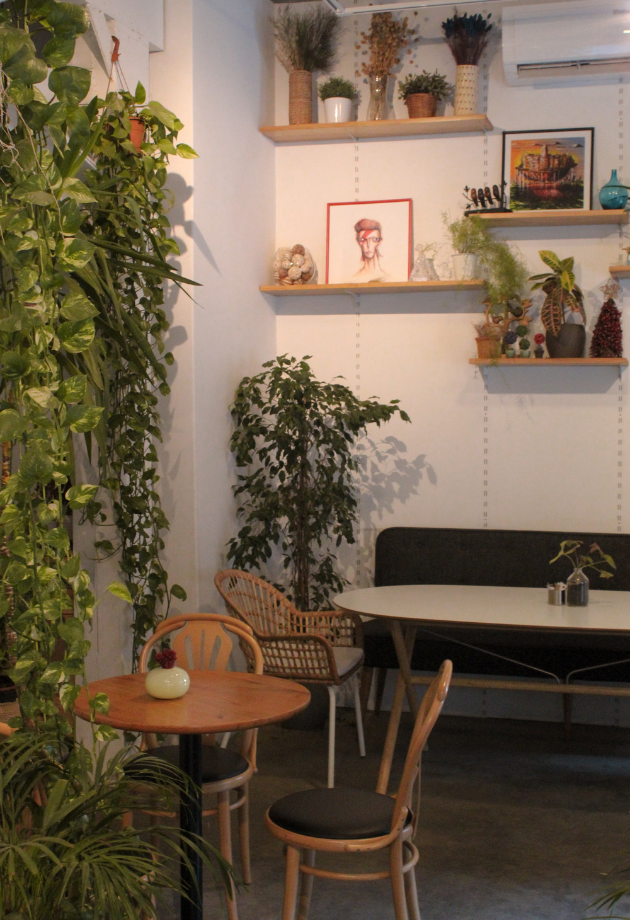
Low Light
Low-light areas, such as hallways or windowless rooms, offer minimal natural light. Peace lilies and dracaenas tolerate these dim conditions, though they may grow more slowly. These plants are ideal for adding greenery to spaces often overlooked.
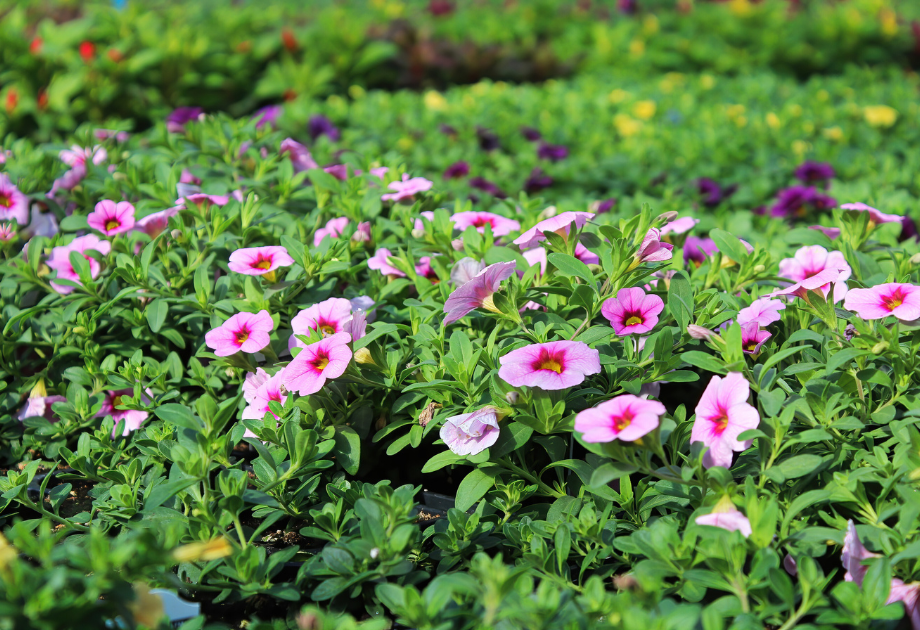
Outdoor Plants
Moving outdoors, the lighting needs of garden plants vary by placement. Observing sunlight patterns in your yard will help you identify ideal spots for different plants. Understanding your grow zone is essential for plant success; learn more about grow zones here.
Full Sun
Full sun means at least 6–8 hours of direct sunlight daily. Plants like tomatoes, roses, and sunflowers bask in these bright conditions. To keep your garden healthy, water regularly and consider mulching to retain soil moisture during hot months. Explore our selection of annual flowers that thrive in full sun.
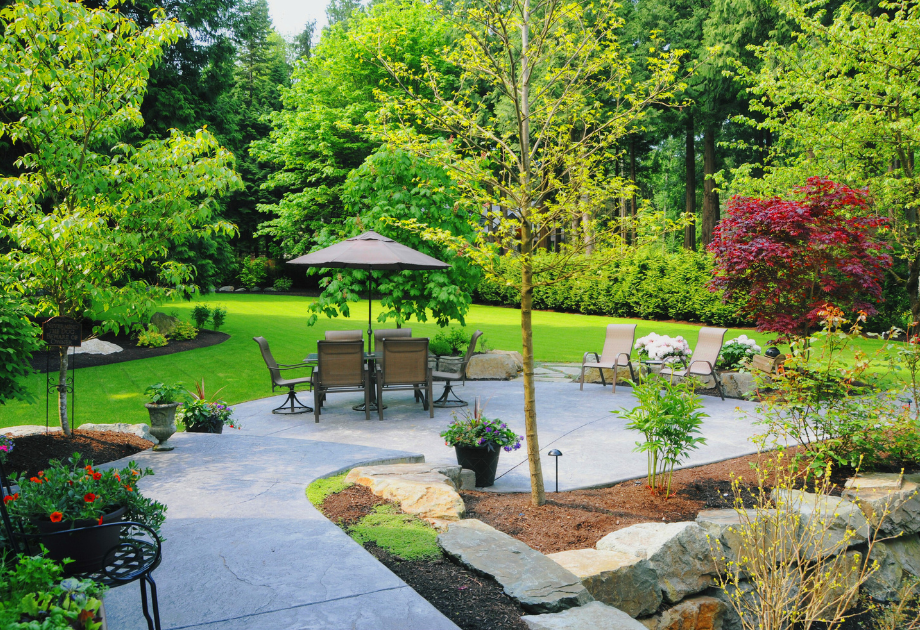
Partial Sun/Partial Shade
Partial sun refers to areas receiving 3–6 hours of sunlight, while partial shade involves filtered light for the rest of the day. Plants like hydrangeas, impatiens, and lettuce adapt well to these moderate conditions.
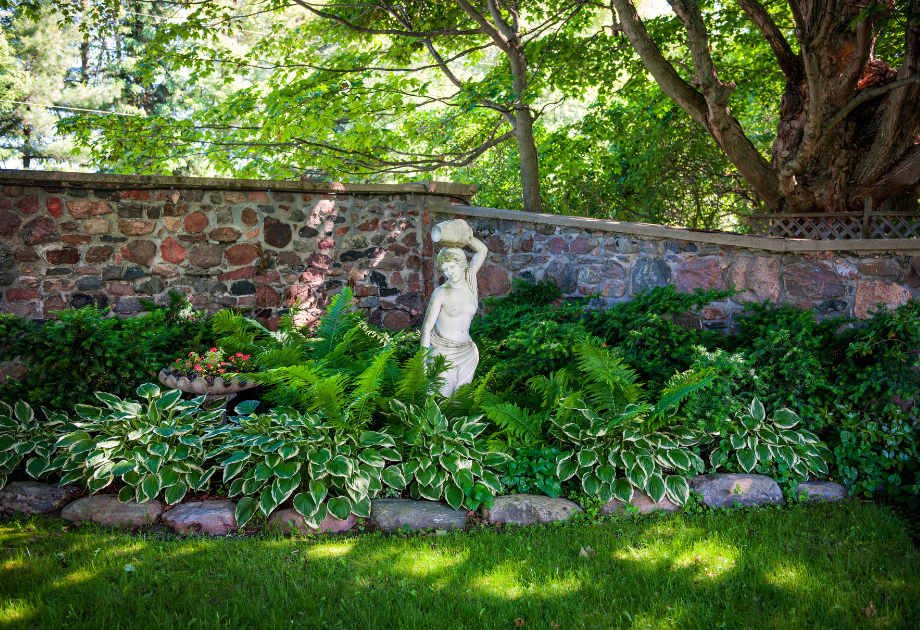
Dappled Sunlight
Dappled sunlight is created when light filters through tree canopies, casting soft, moving patches of light. Hostas, ferns, and astilbes thrive in these serene spaces, adding texture and greenery to shaded gardens.
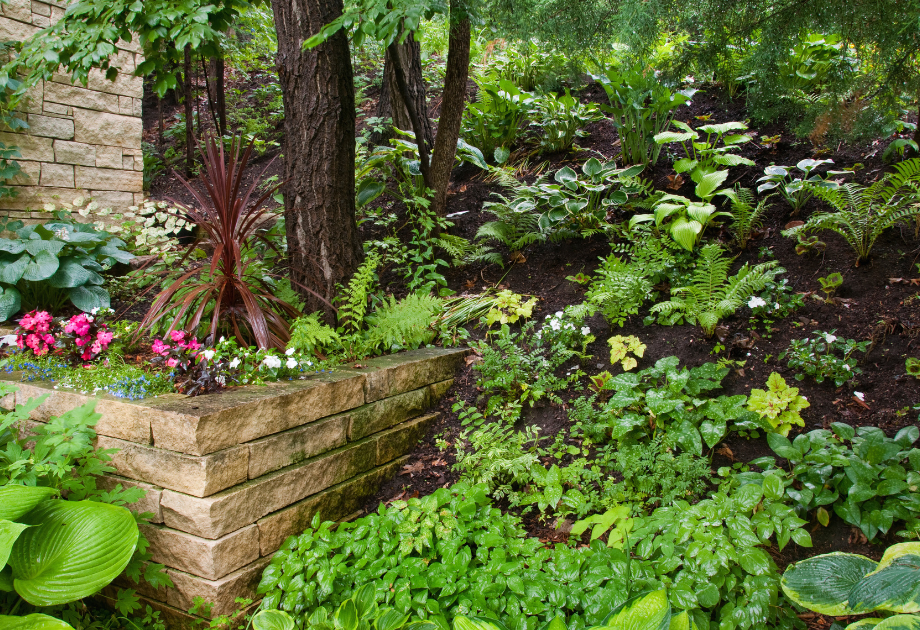
Full Shade
Full shade areas receive less than 3 hours of direct sunlight, often blocked by structures or dense trees. Plants like begonias, coleus, and heucheras add color and charm to these shadowy spots.
Other Considerations
Light conditions aren’t static—they shift with the seasons and may require adjustments. Supplemental lighting is also a valuable tool for maintaining healthy plants.
Seasonal Lighting Adjustments
As seasons change, so do light patterns. Winter’s shorter days may mean moving indoor plants closer to windows, while summer’s intense sunlight could call for shaded protection, both indoors and out. Observing and adjusting makes sure that your plants remain comfortable year-round.
Supplemental Outdoor Lighting
Supplemental lighting for outdoor plants extends growing seasons, supports plants in shaded areas, and boosts growth during shorter days. Unlike decorative garden lighting, supplemental grow lights are functional for plant health. Full-spectrum grow lights designed for outdoor use are weatherproof and durable, making them ideal for gardens, patios, and balconies.
To set up, place lights above garden beds or containers, angling them to mimic natural sunlight. Use portable stake lights for targeted illumination or hanging fixtures for broader coverage. Timers help regulate lighting schedules, ensuring plants receive consistent exposure without over-lighting. With proper placement and durable equipment, outdoor grow lights can keep your garden thriving year-round.
Get More Bright Ideas from Knollwood Garden Center
Knollwood Garden Center is your trusted resource for navigating plant lighting needs. Whether you’re nurturing indoor greenery or designing a thriving outdoor garden, our team is here to help. Explore our beginner-friendly gardening tips to help your plants thrive. Visit or contact us today and let’s grow something beautiful together!
